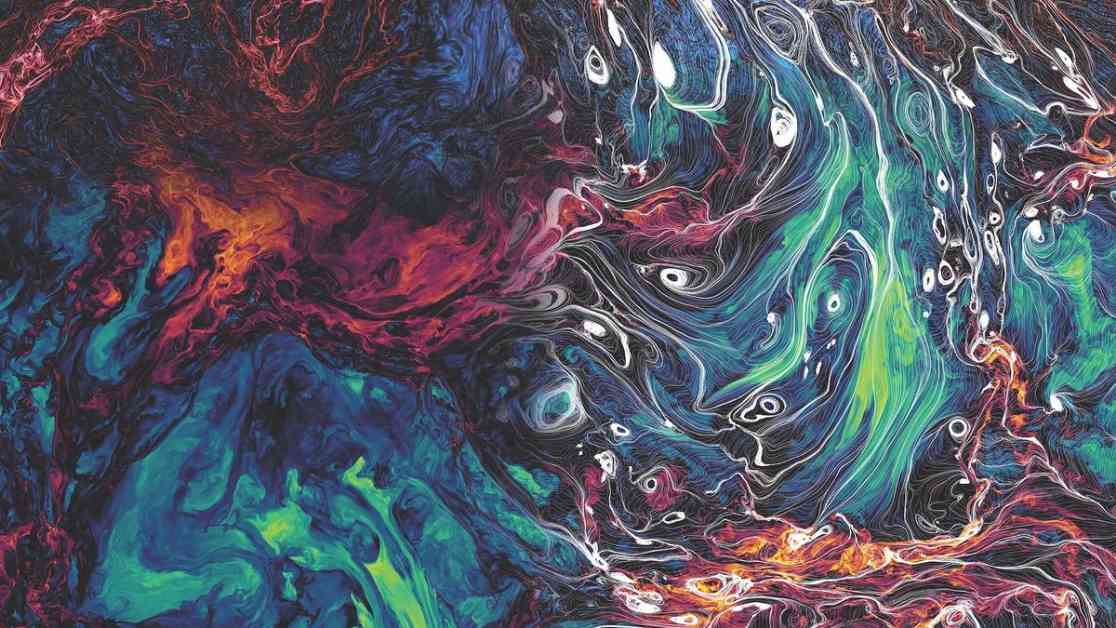Exploring a 2D Slice of Turbulence in Space
In a recent supercomputer study, scientists have delved into the world of turbulence found between stars in the interstellar medium. This turbulent slice of space is filled with gas and charged particles, making it a playground for magnetic fields to interact in fascinating ways. The groundbreaking model used in the study allows researchers to visualize this turbulence in incredible detail, offering a new perspective on the dynamics at play.
Who’s Behind the Study?
Leading the charge in this research is James Beattie, an astrophysicist hailing from the University of Toronto and Princeton University. Beattie and his team have pushed the boundaries of what we know about turbulence in space, thanks to their innovative approach and the power of the SuperMUC-NG supercomputer at Germany’s Leibniz Supercomputing Center. With this technology at their disposal, they’ve been able to create a scalable model that can simulate the magnetic fields within our galaxy and beyond.
What’s the Big Deal?
Turbulence may seem like a random and chaotic phenomenon, but it plays a crucial role in shaping the universe as we know it. The turbulence within the interstellar medium influences everything from the formation of stars to the structure of galaxies. By studying this turbulence at various scales and levels of precision, researchers hope to gain a deeper understanding of the forces driving the cosmos.
How Does It Work?
The model developed by Beattie and his team consists of virtual modules that can be stacked to form a cube up to 10,000 units in size. This cube allows researchers to simulate complex processes like the solar wind or the magnetic field of our galaxy. By replicating the movement of charged particles within the interstellar medium, the model offers insights into how magnetic fields shape the vast expanse of space. And let’s not forget the stunning visuals that come along with it – a true feast for the eyes!
What’s Next?
Looking ahead, Beattie and his colleagues plan to refine their model even further, aiming for higher resolution and accuracy. By comparing their simulations with real-world data, such as observations of the solar wind, they hope to validate their findings and improve the precision of their models. With new observatories on the horizon, the future of turbulence research looks bright, promising even more breathtaking images and groundbreaking discoveries.
In Conclusion
As we peer into the turbulent depths of space, we’re reminded of the beauty and complexity that surrounds us. The interplay between gas, charged particles, and magnetic fields creates a mesmerizing dance that shapes the universe in ways we’re only beginning to understand. Through the lens of supercomputers and cutting-edge technology, researchers like Beattie are unraveling the mysteries of turbulence, shedding light on the forces that drive the cosmos. So, buckle up and get ready for a thrilling ride through the turbulent seas of space – it’s a journey you won’t want to miss!










